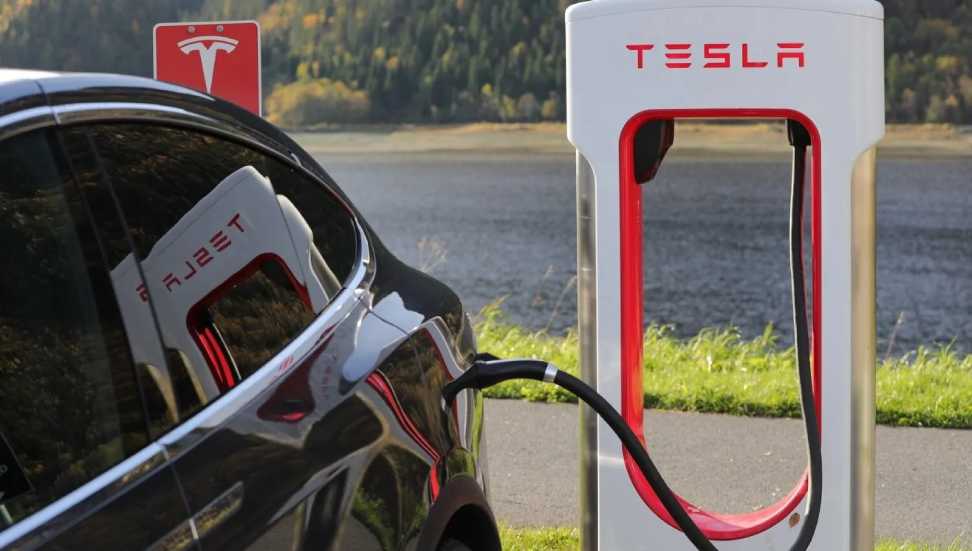Pop the hood of a traditional gasoline-powered car, and you’ll find a whirring device called an alternator. This workhorse converts mechanical energy from the engine into electricity, keeping the battery topped up and powering onboard electronics. But peek under the hood of an electric car (EV), and you’ll be surprised to find no alternator in sight. So, why do these seemingly essential components get kicked to the curb in the world of EVs? Buckle up, as we delve into the reasons behind this electric revolution.
The Missing Engine: The Root of the Absence
The fundamental difference lies in the very heart of these vehicles. Gasoline cars rely on internal combustion engines (ICEs) that burn fuel to create mechanical energy. The alternator then taps into this rotational energy to generate electricity. However, EVs skip the combustion dance altogether. Their electric motors draw power directly from a large battery pack, eliminating the need for an intermediary step like an alternator.
A More Efficient Alternative: Regenerative Braking Takes the Stage
But wait, don’t EVs need electricity to run? Absolutely! So, how do they stay charged without an alternator? Here’s where the magic of regenerative braking comes in. When you hit the brakes in an EV, the electric motor flips roles, acting as a generator. The kinetic energy from the slowing wheels gets converted back into electricity and pumped back into the battery, topping it up on the go. This clever technology not only recovers wasted energy but also extends the driving range of EVs, a crucial metric in their quest for sustainability.
Beyond Brakes: Charging Options Galore
While regenerative braking is a star performer, it’s not the only way EVs get their juice. Plugging into a charging station remains the primary method, replenishing the battery with external power. These stations come in various forms, from slow home chargers to high-speed DC fast chargers that can significantly reduce charging time. Additionally, some advanced EVs utilize solar panels integrated into their roofs, offering a trickle charge to further boost range, especially in sunny conditions.
The Goodbye to Complexity: Less is More
By ditching the alternator, EVs gain several advantages. First, it simplifies the powertrain, reducing the number of moving parts and potential points of failure. This translates to lower maintenance costs and increased reliability for owners. Second, it improves efficiency – converting energy directly from motor to battery instead of going through multiple stages minimizes energy losses. And finally, it reduces weight, leading to better acceleration and handling.
Beyond the Absence: Looking to the Future
While the traditional alternator is absent in today’s EVs, the quest for even more efficient and innovative charging solutions continues. Research is exploring options like inductive charging, where EVs wirelessly receive power while parked over special pads. Additionally, advancements in battery technology aim to increase capacity and decrease charging times, further enhancing the user experience.
In Conclusion: A Charge Towards a Sustainable Future
The absence of alternators in EVs is not just a design quirk, but a deliberate choice driven by efficiency, sustainability, and performance. Regenerative braking and diverse charging options paint a bright picture for the future of electric mobility. As technology continues to evolve, we can expect even more innovative ways to keep these electric chariots buzzing along, paving the way for a cleaner and more sustainable future on the road.
Feature image source:- http://tinyurl.com/kyzjsayc

